Soviet Radio F-10
As a result of the explosion of a 350-kilogram radio-controlled landmine, the mansion was destroyed. 13 of German soldiers and officers, including the commander of the 68 Infantry Division and part-time military commander of Kharkov, Major General George Brown (posthumously he was given the rank of lieutenant general), two officers of his headquarters, and 4 unter were killed under his rubble. officer and 6 privates. Seriously injured were the chief of the intelligence division of the 68 Infantry Division, a translator and sergeant-major. The bombing on Dzerzhinsky Street in Kharkov became one of the explosions of powerful radiofusers, which were pre-installed by Soviet demining units before handing over the city to the enemy. On the same night, with the help of a pre-laid mine, the support of the Kholodnogorsk viaduct was undermined.
The fact that in Kharkov they will be waiting for mines, the Germans still guessed from the sad experience of Kiev. And October 22 in the building of the NKVD, located on Marazlievskaya street, in the Odessa occupied by the Romanian-German troops, an explosion of a radio-controlled mine set by Soviet sappers even before the surrender of the city occurred. As a result of a powerful explosion, the building partially collapsed, burying people, including 67 officers, under the rubble of 16. The building housed the headquarters of the 10 Infantry Division of the 4 Romanian Army, as well as the military commander's office of the city. During the explosion, the commander of the 10 Infantry Division and the military commandant of the city, the Romanian general Ion Glogogiana, died.
Knowing what awaits them, the Germans were able to neutralize most of the radiomins installed in Kharkov. For example, when digging a district headquarters building into a ditch, the Germans found an antenna of a radiotomy by which they were able to determine its location. While attempting to disarm an explosive device, a German sapper died and was blown up in a mine trap. At the same time, the Germans managed to extract the charge of a mine (600 kg). October 28 1941, the Germans discovered and defused the mine in the Usovskiy viaduct, and the next day they discovered and defused the radio mine in the railway bridge.
The house, located at Dzerzhinsky Street, 17, German sappers also checked, finding a huge time bomb in the basement of the building under a pile of coal with 600 kg of ammonal. Such a successful discovery completely eased their vigilance, it could not even enter their heads that such a mine could be a deception. Directly beneath it was another mine, a little deeper, this time F-10 with 350 kg of explosives, it was she who exploded in the basement of the house after Major General Georg Brown moved into it in 13 in November with his headquarters.
Above the creation of radio fugas in the USSR began to work long before the war. They began to create in Ostehbyuro, which was founded in 1927 year. The works are led by a specialist in explosions at a distance, Vladimir Bekauri, and Academician Vladimir Mitkevich also made a great contribution to the creation of Soviet radiomins. The tests conducted and the tactical and technical characteristics of the radiomen made a pleasant impression on the military, so already in 1930 the decision was made to deploy the production of radio minions, originally designated “Bemi” (derived from the name Bekauri - Mitkevich). Already in 1932, the Red Army had divisions that were armed with various types of radio-controlled land mines, which in those years were designated as TOC, a technique of special secrecy.
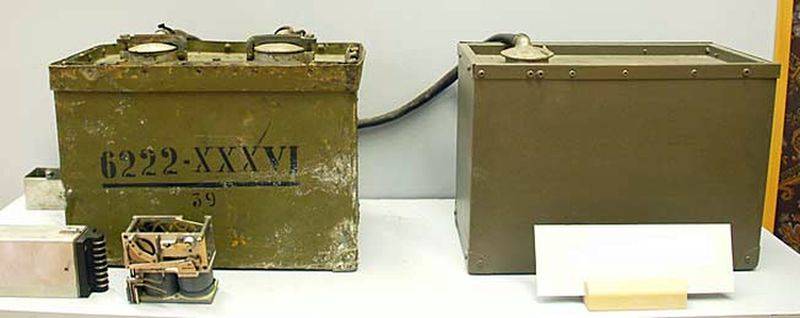
Before the Great Patriotic War, a new objective mine, which consisted of an F-10 radio unit and a charge, the power of which could vary in a wide range of values, began to arrive in the Red Army sapper units. Externally, the radio was a metal box 40x38x28 centimeters - control unit, eight-lamp radio, a signal decoder. The mass of such a box, which in turn was placed in a rubber bag, was approximately 35 kg. The box could be installed inside the object to be mined where it was most convenient, as the Finns noted, it could be installed at a depth of up to 2,5 meters. The mine also included a radio antenna with a length of 30 meters. The eight-lamp radio mine was powered by a battery (the battery and the control unit were placed in boxes of the same dimension), which was connected with a power cable. Depending on the mode of operation, the radiomine could be waiting for a signal to undermine from 4 to 40 days.
The F-10 radio-controlled object mine was intended for destruction by undermining the most important industrial, military and political facilities, as well as key infrastructure facilities. It was about the objects, the decision on the destruction of which could not be taken in the usual manner either at the time of the abandonment by the Soviet troops of the area, or later, and which were subject to destruction only when special circumstances occurred.
Such objects included large bridges on highways and railways; viaducts; tunnels; dams; driveways under overpasses, where a detour is impossible or extremely difficult; railway junctions; hydraulic structures; tank farms, pumping stations; aerodrome infrastructure: hangars, flight control points, repair shops, fuel tanks; electric power units of large power plants, industrial facilities; mines; telephone and radio nodes; socially significant buildings that are suitable for placing the headquarters and institutions of the enemy's armies, as well as using them as barracks and commandant's offices.
Structurally, the mine was a control unit that could receive and decipher the signals received by the radio, producing an electrical pulse capable of blowing up to three electric detonators, and using a special intermediate splitter unit - to 36 electric detonators. The mass of explosives in such a radiocoupler could vary depending on the nature and size of the object being mined and could be from several tens of kilograms to several tons (according to the experience of use). The control unit could be located together with the charge (charges), and at a distance from them to 50 meters. At the same time, each of the three charges had its own electric blast line.
At a distance from 0 to 40 meters from F-10 there was a wire antenna with a length of at least 30 meters. The direction and placement of the antenna were determined by the conditions of radio waves, but in general it could be buried in the ground to a depth of 50-80 cm, placed in water to a depth of 50 cm, or embedded in walls to a depth of no more than 6 see. using a feeder up to 40 meters. Three two-core electric blasting cables came out of the F-10, the length of these cables could be up to 50 meters. It was desirable that the length of all three electrically explosive circuits be approximately equal, in order to prevent a large difference in the resistivity of the branches. Directly to the ends of the cable were connected electrical detonators, inserted into charges of explosives, which turned the device into a formidable radio-controlled explosive bomb of immense power.
In addition, the radio operator could be equipped with a self-destruct device using a delayed-action fuse (up to 120 days), a ten-hour day contactor, a thirty-five-day time contactor, an hourly FMV-16 fuse (up to 16 days), an hourly FMV-60 fuse (up to 60 days). However, the sounds of the work of such watch movements were a significant unmasking factor for mines. With the naked ear, one could clearly distinguish the ticking of a mine clock placed in the ground from a distance of 5-10 cm from the ground; When the Germans used special listening equipment manufactured by Elektro-Akustik, the ticking of the clock was picked up from a distance from 20 to 30 meters, and the watch winding taps from 15-30 meters.
Military radio stations of a divisional, corps or army level could be used as radio transmitters that were used to initiate a controlled explosion of a radiofugus. According to official Soviet information, on the 22 of June 1941 of the year, the RKKA had operational radio stations with a power output of 1 kW and a range of about 600 km; radio stations RAO-KV, which have an output power of 400-500 W and a communication range of up to 300 km; RSB-F radio stations with an 40-50 W output power and a communication range of up to 30 km. All of the above radio stations operated in the wavelength range from 25 to 120 meters, that is, in the short and medium range of radio waves. For example, a signal for a radio bomb explosion in Kharkov was sent from the Voronezh Radio Broadcasting Station, which was located more than 550 kilometers from the city.
For the first time in the world stories The Red Army used the existing radiofugals already 12 July 1941 of the year. Three radio-controlled landfills with a capacity of 250 kg of TNT each exploded in the village of Strugi Krasnye in the territory of the Pskov Region. Radio stations were installed by Red Army soldiers of a special mining company and blown up by a signal from a radio station located in 150 km from the site of the laying, after the enemy occupied the village. Two days later, aerial photography carried out by pilots confirmed that craters from explosions and piles of debris were left in the place of the buildings in which the radio fougues were installed.
The first truly large-scale mining with the use of F-10 radio mines was the mining of Vyborg, where 25 radiofoils were installed, which contained from 120 to 4500 kg of trotyl. Of these, 17 was blown up on 12 urban sites, and the Finnish military managed to neutralize and neutralize 8 when it became clear that the incoming radio signal leads to an explosion of mines. Found mines were sent for study in Helsinki, where they were studied with great interest by experts. Already by September 2 1941 of the year (the Finns entered Vyborg on August 29) relevant instructions were issued, which contained the rules for the circulation and neutralization of Soviet radio operators. In particular, it was indicated that prewar pause music melodies of Minsk and Kharkov broadcasting radio stations were used as radio signals (these melodies filled in the radio air between the broadcasts).
To receive a control signal, the radio antenna had to be laid in a horizontal position or close to it and always in the direction from which the signal for undermining would come. It was not difficult to guess that in all cases the antenna was directed in a direction approximately to the east. That is why a very effective way of detecting installed radios was to dig a ditch about a meter deep around suspicious objects. This made it possible to detect a thirty-meter antenna, which was buried to a depth of 50-80, near the object. Both the Finns and the Germans later widely used prisoners of war for this operation. Obtained in Vyborg information Finns fairly quickly shared with the Germans. Perhaps this information allowed the Germans to quickly and correctly organize the fight against Soviet mines, controlled by radio. In Kharkov, the Germans were able to prevent the bombings of most of the radio-mounted radio sets in the city.
It should be noted that it was in Kharkov and the areas around the city that the use of object mines equipped with time-delay fuses gave significantly better results. For example, from the 315 object mines, which were installed on the railway and railway facilities by the 5 and 27 railway brigades, the Germans managed to detect all 37, and only 14 could neutralize them, and 23 they had to undermine on the spot. The rest of the mines worked according to their goals.
By itself, the idea of controlling the detonation of mines with the help of radio signals justified itself, proving in practice the effectiveness of this method. However, the widespread use of such mines was possible only up to the moment when the enemy received in his hands valid samples, instructions and a description of the principles of their work. By the mid-to-late autumn of 1941, such mines were no longer a surprise for the Nazis and their allies. At the same time, the experience of combat use showed that radio mines have a serious drawback - they can be simply and securely blocked, and the limited duration of their combat work was also a minus. These mines had limited capabilities. Firstly, their effective combat use was possible as seldom as the enemy deemed it inappropriate to divert his radio equipment to constant radio reconnaissance and interception. Secondly, the short period of operation of radiofuse power sources (no more than 40 days) significantly limited the use of such a device in time.
Information sources:
http://kik-sssr.ru
http://army.armor.kiev.ua
https://vpk-news.ru
https://defendingrussia.ru
Open source materials
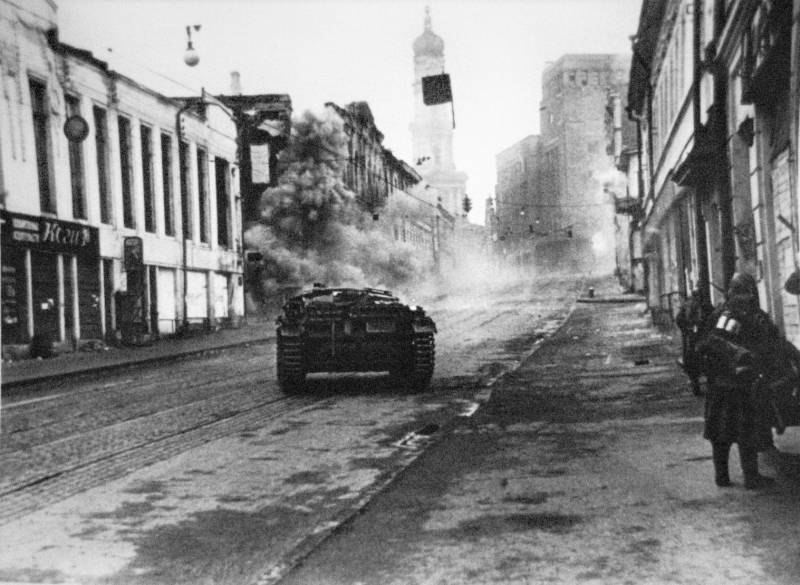
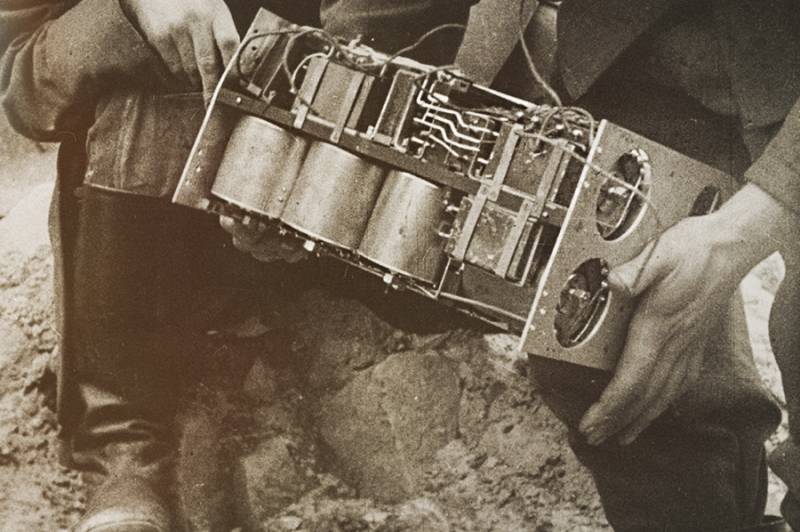
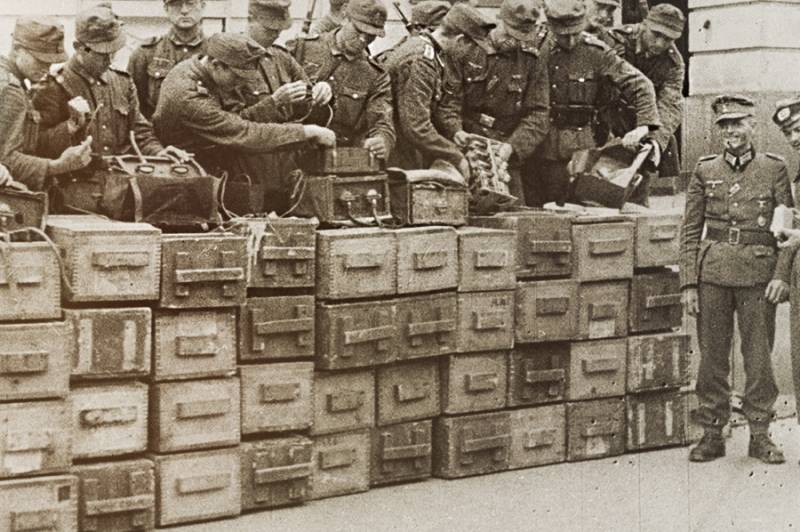
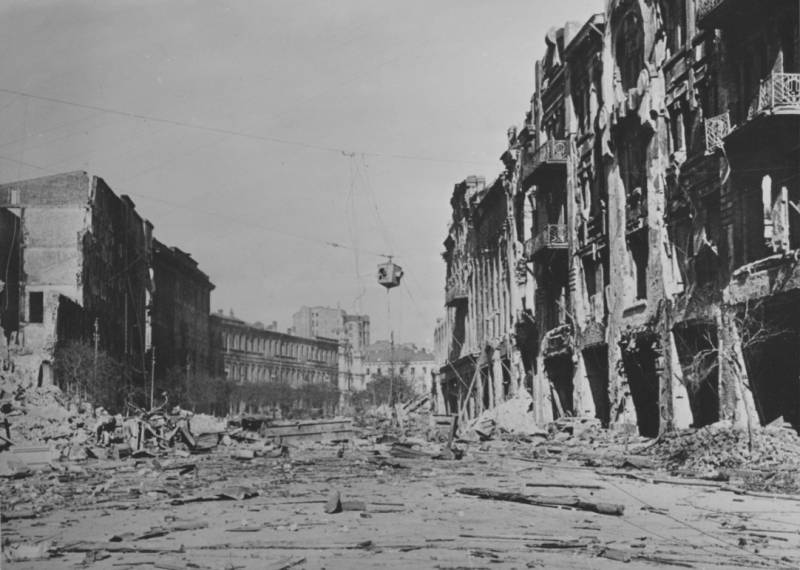
Information